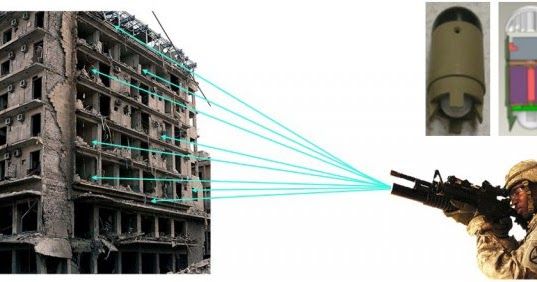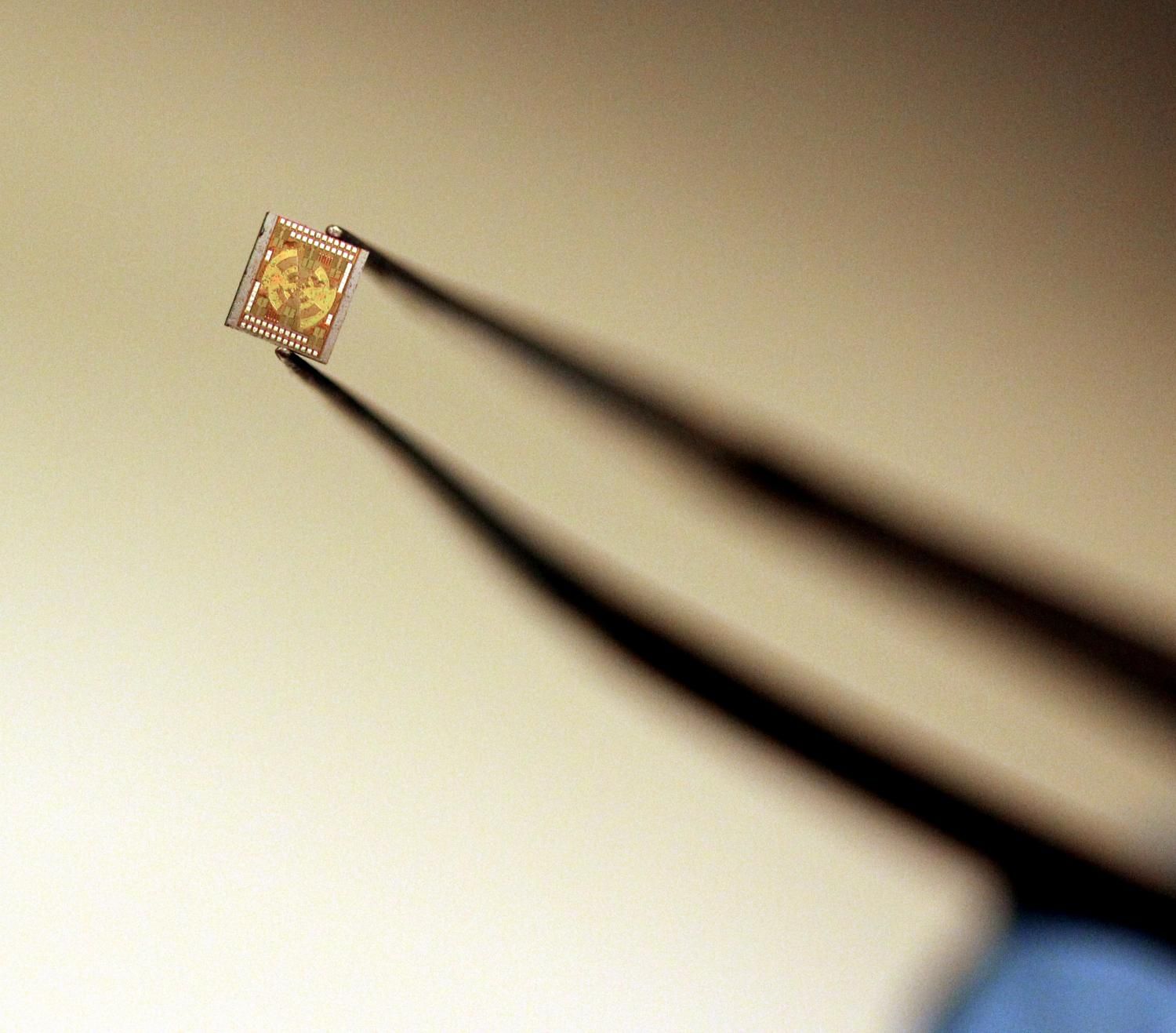Feb 9, 2017
DARPA to Hold Proposers Day for Electromagnetic Biosignaling Identification Program
Posted by Karen Hurst in categories: biological, quantum physics
Cannot wait to see the outcomes as it will prove how Quantum principles are in fact a core peice in biology that will open up more innovation in areas like BMI, cell circuitry, etc.
The Defense Advanced Research Projects Agency will conduct a Proposers Day via webcast on Feb. 21 to discuss the RadioBio program that aims to determine whether purposeful signaling through electromagnetic waves occurs between biological cells.
“If we can prove that purposeful signaling is happening, the next step would be to discover how the process works,” Mike Fiddy, DARPA program manager, said in a statement released Tuesday.

 The Defense Advanced Research Projects Agency will conduct a Proposers Day via webcast on Feb. 21 to discuss the RadioBio program that aims to determine whether purposeful signaling through electromagnetic waves occurs between biological cells.
The Defense Advanced Research Projects Agency will conduct a Proposers Day via webcast on Feb. 21 to discuss the RadioBio program that aims to determine whether purposeful signaling through electromagnetic waves occurs between biological cells.















